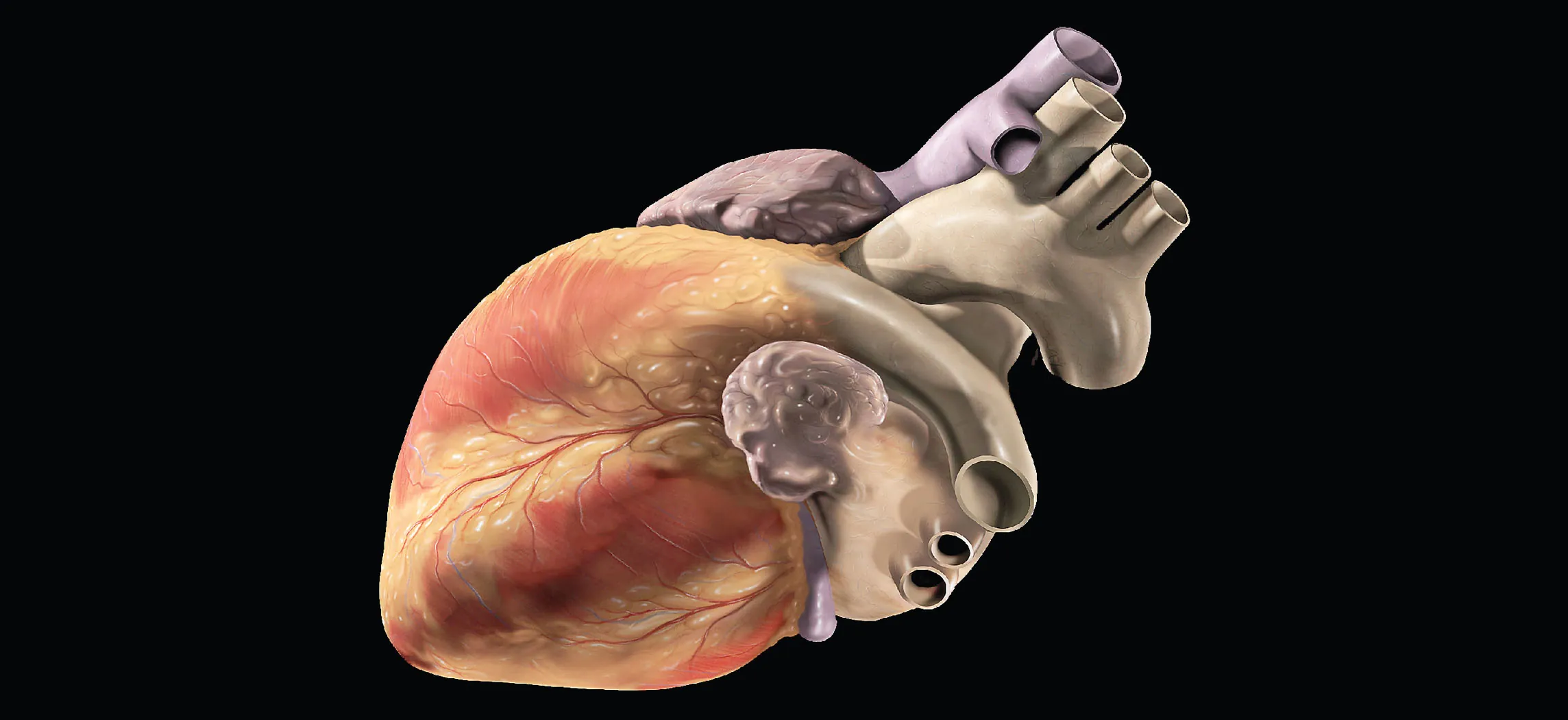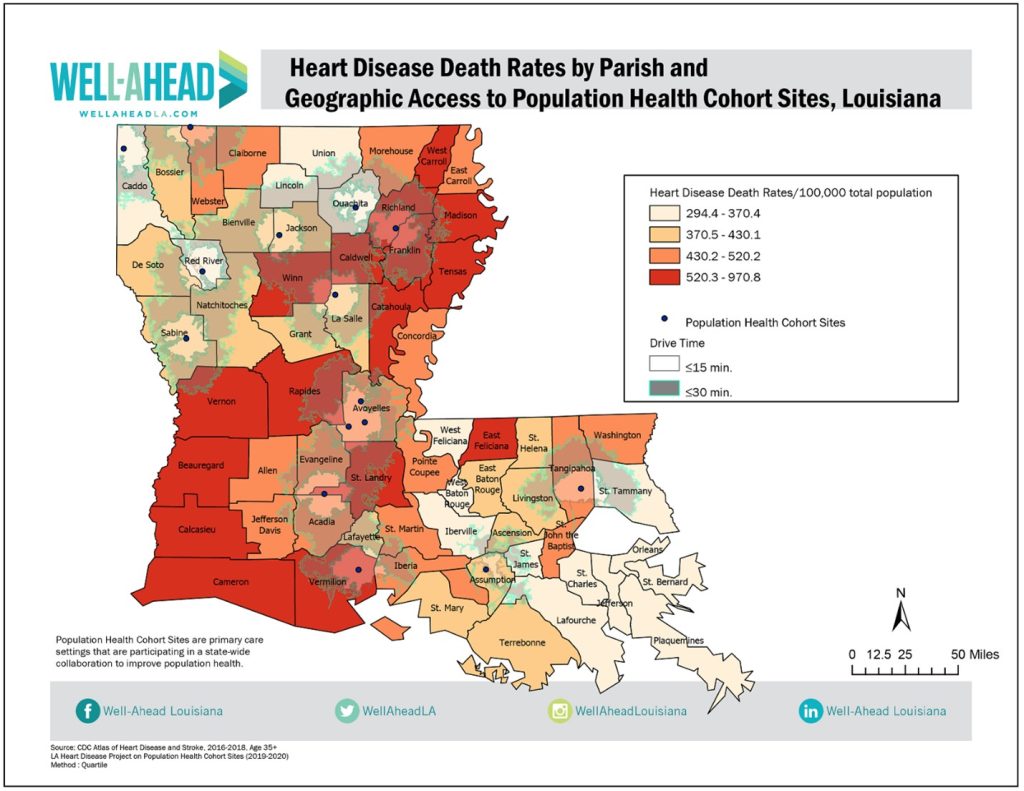3.1 Introduction to the Heart

Chapter Objectives
After studying this chapter, you will be able to:
- Identify and describe the interior and exterior parts of the human heart
- Describe the path of blood through the cardiac circuits
- Describe the size, shape, and location of the heart
- Compare cardiac muscle to skeletal and smooth muscle
- Explain the cardiac conduction system
- Describe the process and purpose of an electrocardiogram
- Explain the cardiac cycle
- Calculate cardiac output
- Describe the effects of exercise on cardiac output and heart rate
- Name the centers of the brain that control heart rate and describe their function
- Identify other factors affecting heart rate
- Describe fetal heart development
Introduction
In this chapter, you will explore the anatomy and physiology of the human heart. The heart is a remarkable pump that propels the blood into the vessels. There is no single better word to describe the function of the heart other than “pump,” since its contraction develops the pressure that ejects blood into the major vessels: the aorta and pulmonary trunk. From these vessels, the blood is distributed to the remainder of the body. Although the connotation of the term “pump” suggests a mechanical device made of steel and plastic, the anatomical structure is a living, sophisticated muscle. As you read this chapter, try to keep these twin concepts in mind: pump and muscle.
Although the term “heart” is an English word, cardiac (heart-related) terminology can be traced back to the Latin term, “kardia.” Cardiology is the study of the heart, and cardiologists are physicians who deal primarily with the heart.
Louisiana Lagniappe
Louisiana, a state rich in cultural heritage, is renowned for its delicious blend of Cajun and Creole cuisines, vibrant atmosphere on Bourbon Street, and lively celebrations during Mardi Gras. However, behind this festive celebration of life, a serious health concern looms. In 2021, cardiovascular disease (CVD) was identified as the leading cause of death in Louisiana, highlighting a critical public health issue. CVD encompasses a range of serious conditions, including coronary artery disease, heart failure, hypertension, and stroke, all of which can have devastating effects on individuals and families.
Several key factors contribute to the high prevalence of CVD in Louisiana. Smoking, a habit deeply ingrained in some communities, coupled with rising rates of obesity and diabetes, creates a perfect storm for heart-related issues. Furthermore, the influence of physical inactivity, driven by lifestyle choices and limited access to safe exercise environments, exacerbates these health risks. At the same time, socioeconomic challenges, particularly in rural and underserved communities, hinder access to vital healthcare services, leaving many without the support they need to manage their heart health. The convergence of these factors paints a complex picture of the challenges facing Louisiana in its fight against CVD.

